
Arduino Hardware
In order to use the Arduino IDE - or, at the very least, in order to use it to actually achieve something - you're going to need some Arduino hardware, and there's plenty of choice.The most obvious method is to get yourself an official Arduino board. The current 'standard' board is the Arduino Duemilanove - Italian for 2009 - and it's a pretty smart piece of kit: at its heart is an ATmega microcontroller IC. While the performance of this chip isn't likely to give Intel or AMD cause for concern - the ATmega 328p chip currently used has a mere 32KB of Flash program storage alongside 2KB of SRAM running at 16MHz - it does provide plenty of flexibility.
There are other options, however - even if you're determined to use something that the project has given its official blessing to. The Lilypad, for example, is a cut-down Arduino variant designed for use in wearable computing projects. Its small, flat profile allows it to be sewn into cloth and, with judicious use of conductive thread, it can bring interactive clothing to life.
Other official builds include the Arduino Nano, designed to take up as little room as possible, and the Arduino Mega which features significantly more inputs and outputs than its cousin. Where things get really exciting though is if you expand your search outside the 'official' channels and in to the world of the Arduino Compatible, you'll find some very interesting designs.
One such Arduino variant is the Lightuino, which is specifically designed for those planning on using vast quantities of LEDs in their projects. Featuring far more connections than the traditional Duemilanove, the pins are current limited - meaning that LEDs can be connected directly with no additional hardware required, without running the risk of burning them out.
However, for the true Arduino fanatic there's nothing quite like building your very own Arduino Compatible prototyping board. Aside from requiring a special cable to program the ATmega chip, the project is relatively simple - and, combined with a breadboard, doesn't even require any soldering. If you don't have the bits laying around, there are various sources for kits to create your own.
For the example project in this article, we'll be using an all-in-one Arduino Experimentation Kit from Oomlout for one simple reason: a specially-designed perspex workspace holds both an official Arduino Duemilanove board and a miniature breadboard, making experimentation incredibly simple. The kit also comes with a guide containing eleven different projects and a box with every component needed - the modern equivalent of the 33-in-One Electronic Kits that used to be popular with kids.

MSI MPG Velox 100R Chassis Review
October 14 2021 | 15:04

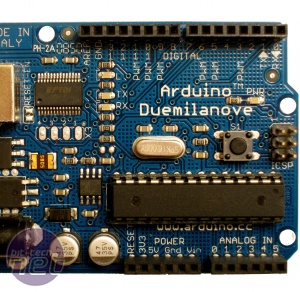
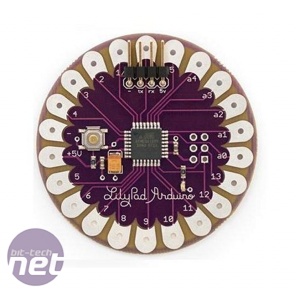
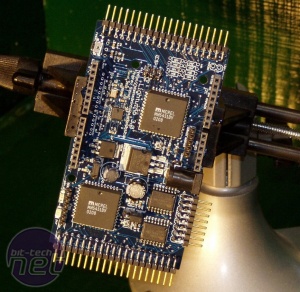
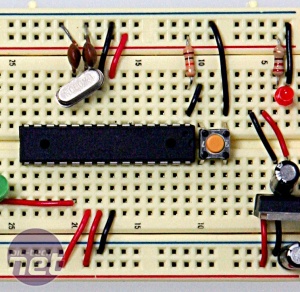
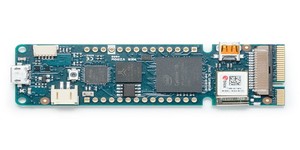
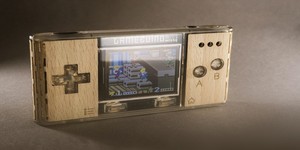





Want to comment? Please log in.